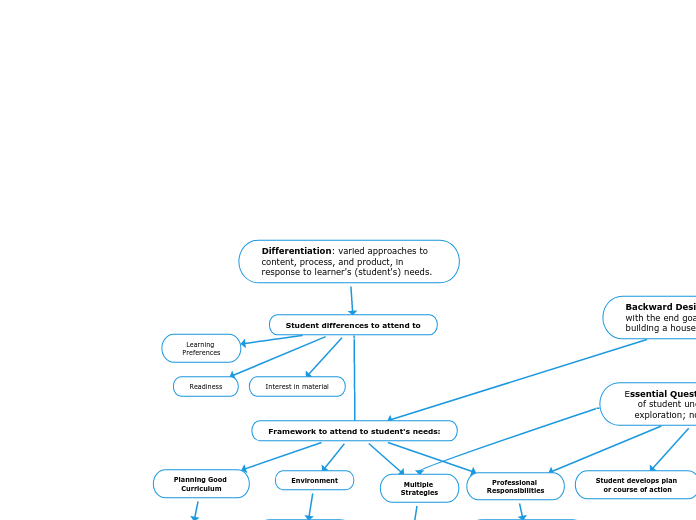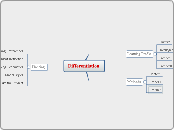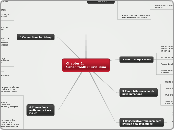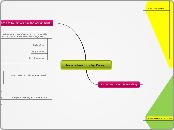jonka Maggie Anderson 4 vuotta sitten
186
Differentiation: varied approaches to content, process, and product, in response to learner's (student's) needs.
Differentiated instruction involves tailoring content, process, and products to meet diverse student needs. To address these differences, educators should consider students' learning preferences and interests.









